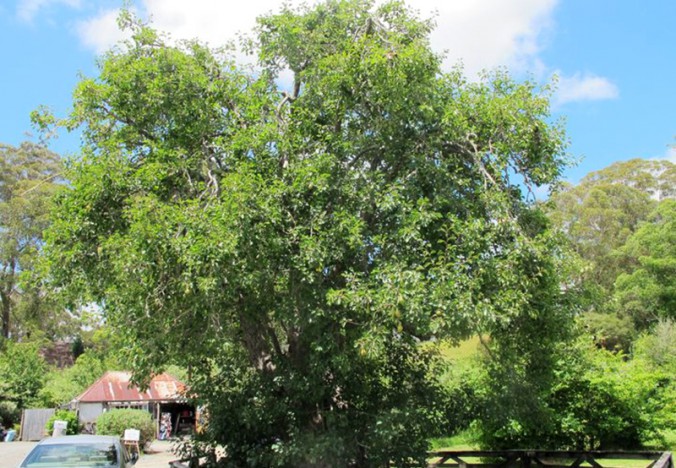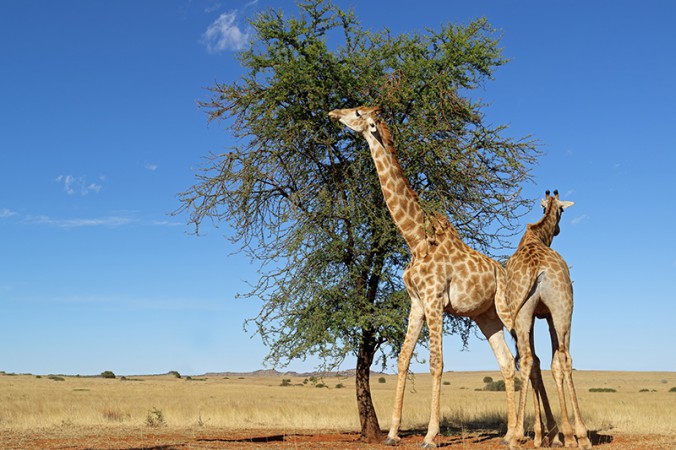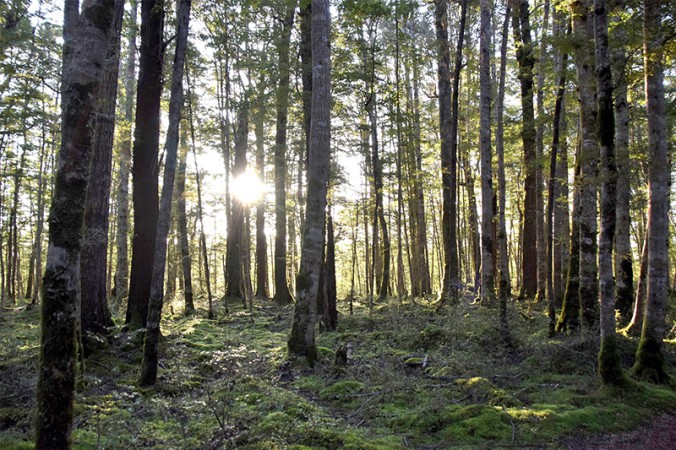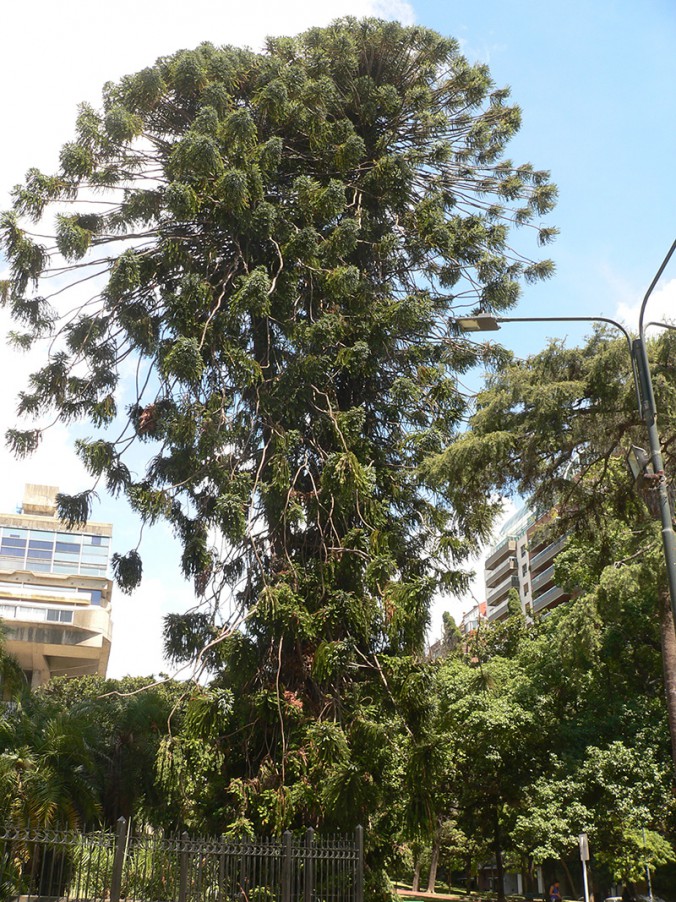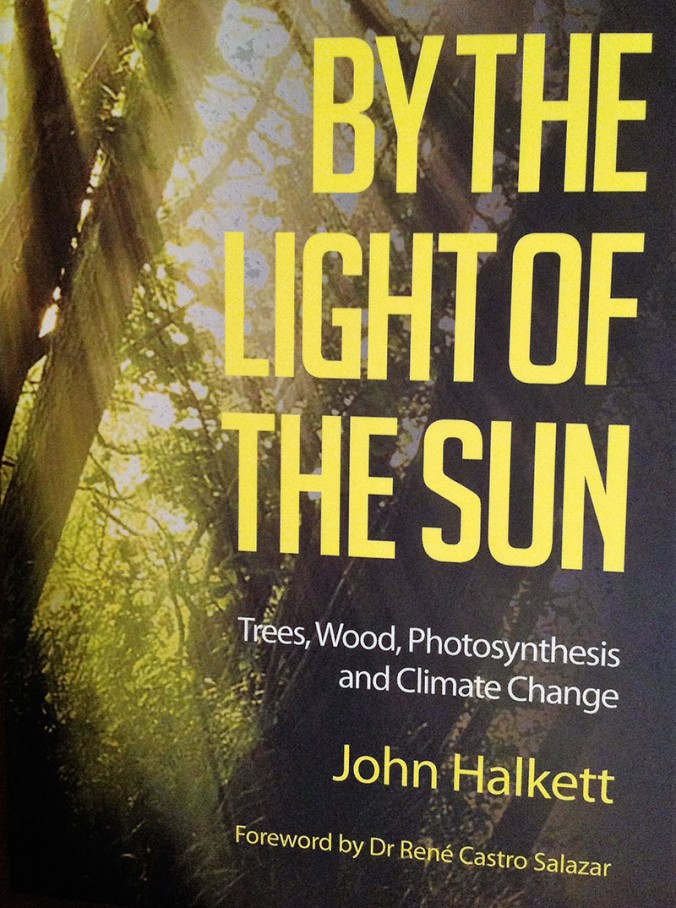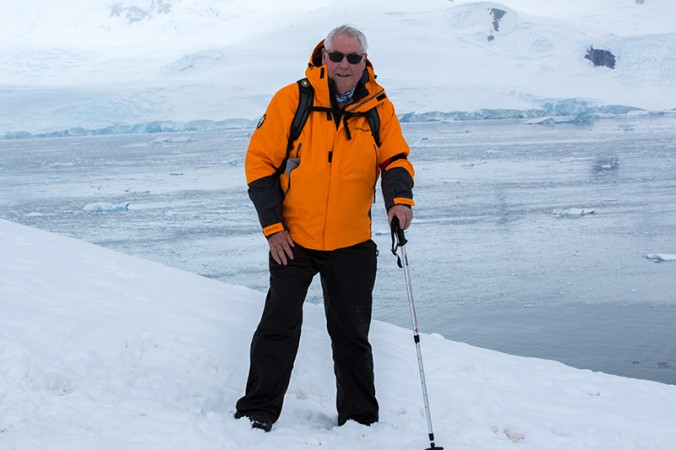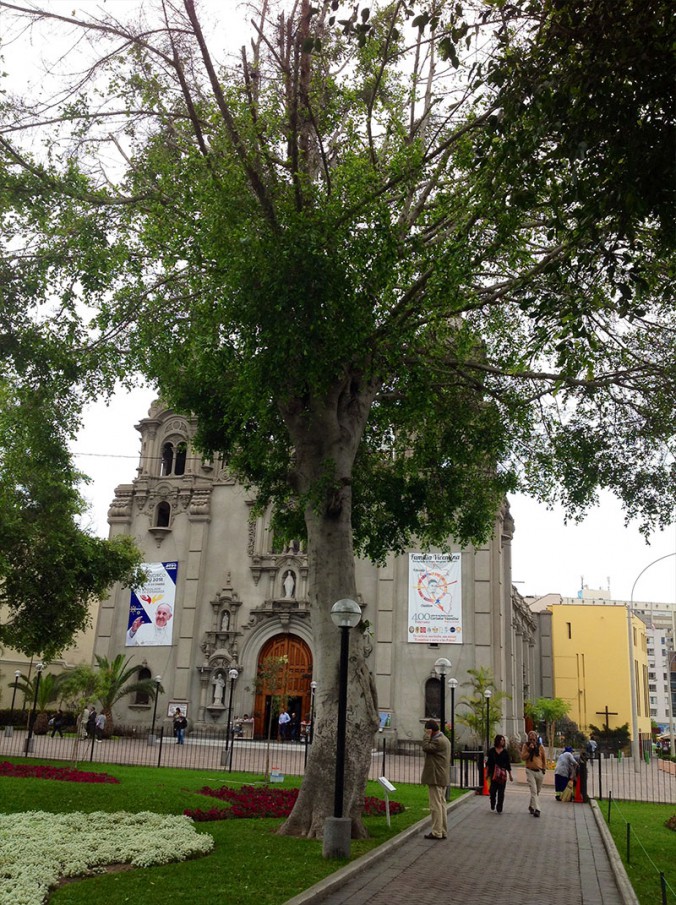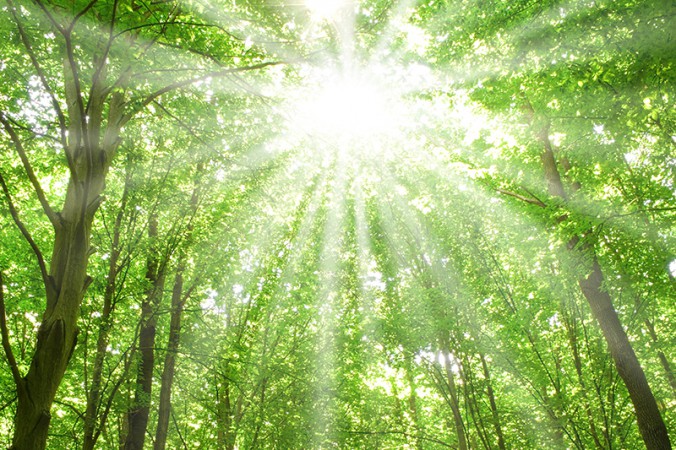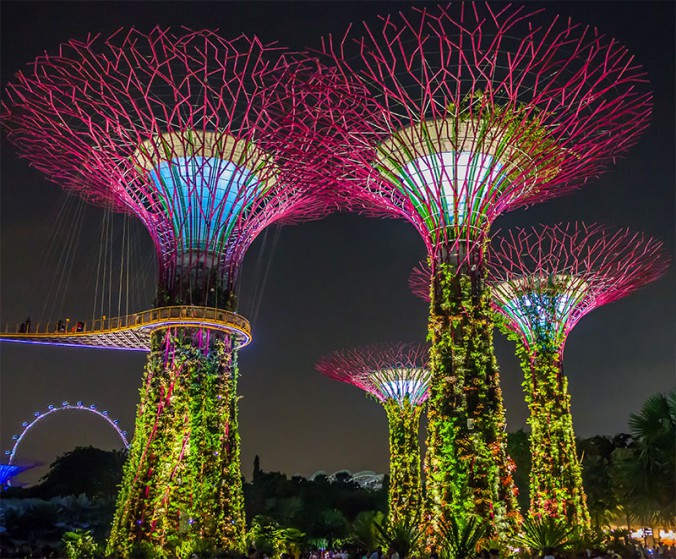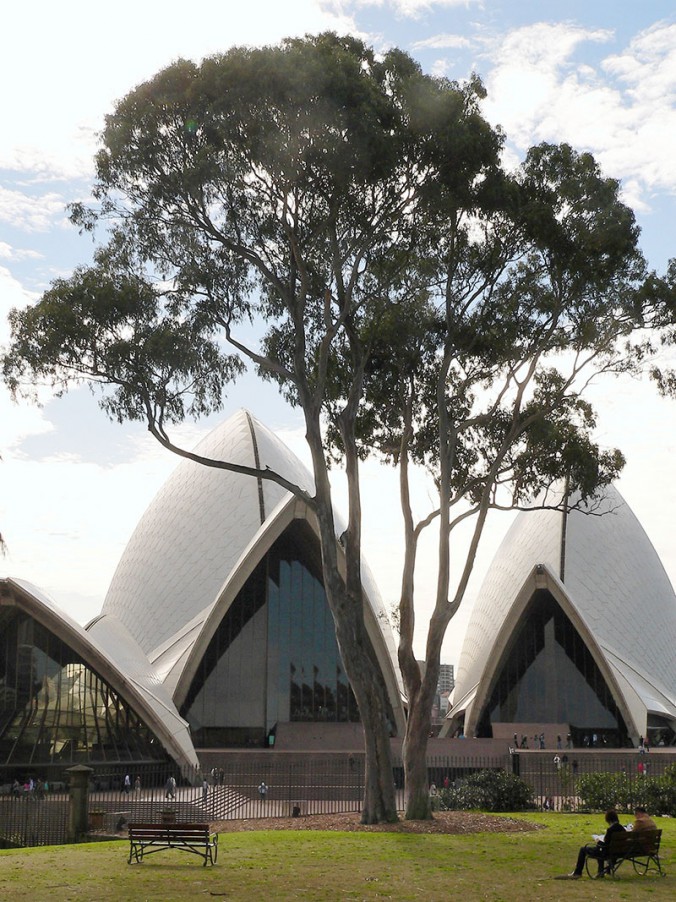Just before launching into this month’s column I want to express my appreciation to the Forestry Corporation of NSW for agreeing to continue to support and sponsor this column in 2019. So thanks to chief executive Nick Roberts and staff.
Right, well thinking of exotic trees in a New Zealand forestry context radiata pine immediately springs to mind. However, the country’s oldest exotic tree, a Williams good Christian pear tree near Kerikeri in Northland, is still going strong as it enters its third century this year.
When the Maori warrior chief Hongi Hika granted European missionaries some … Read more “New Zealand’s oldest exotic tree still going strong”
